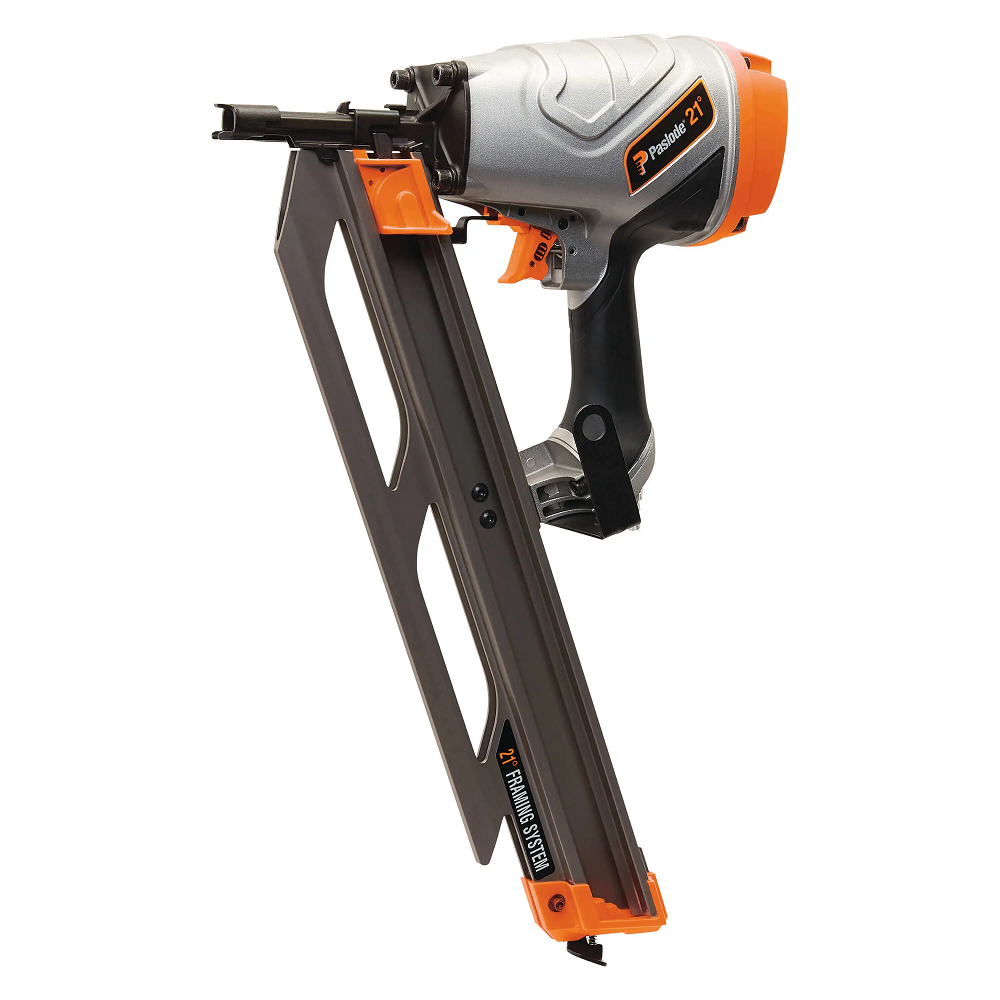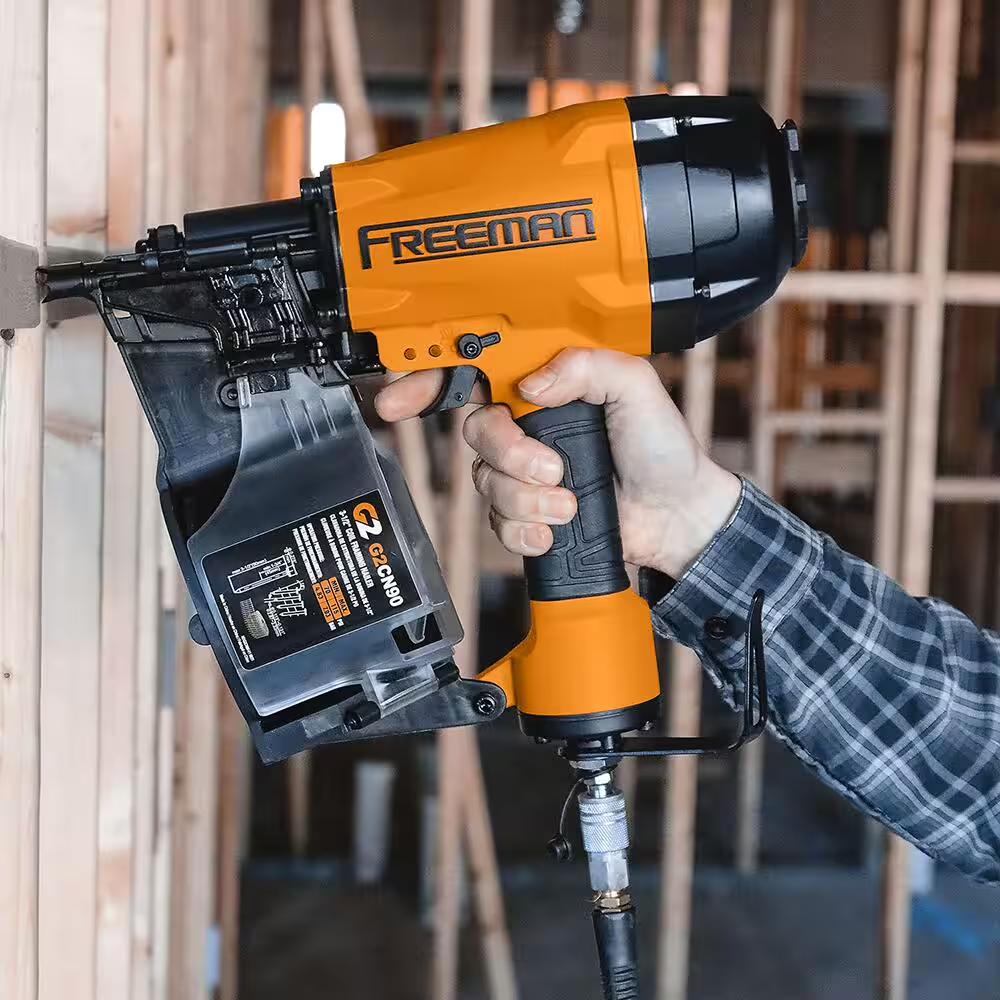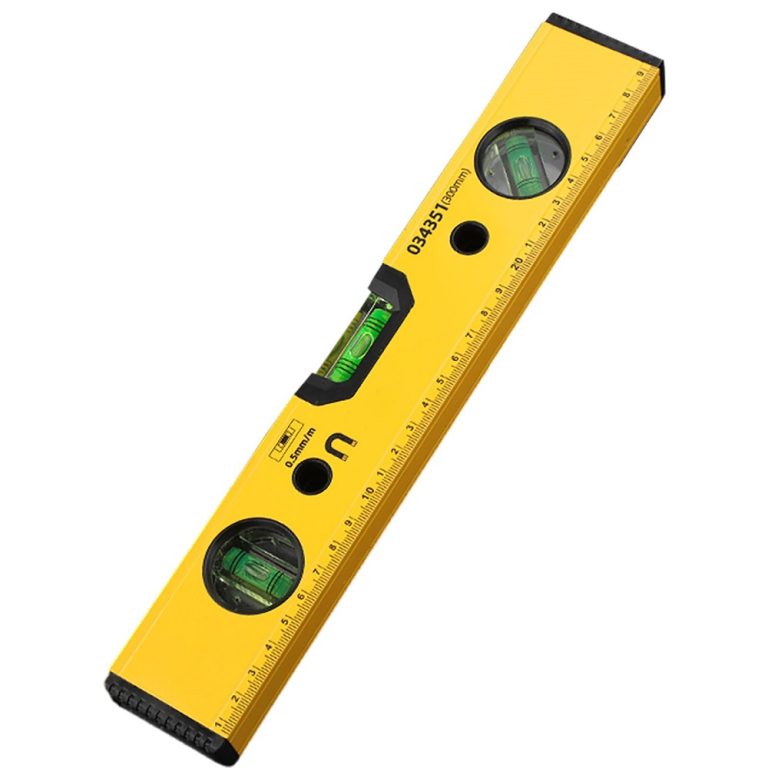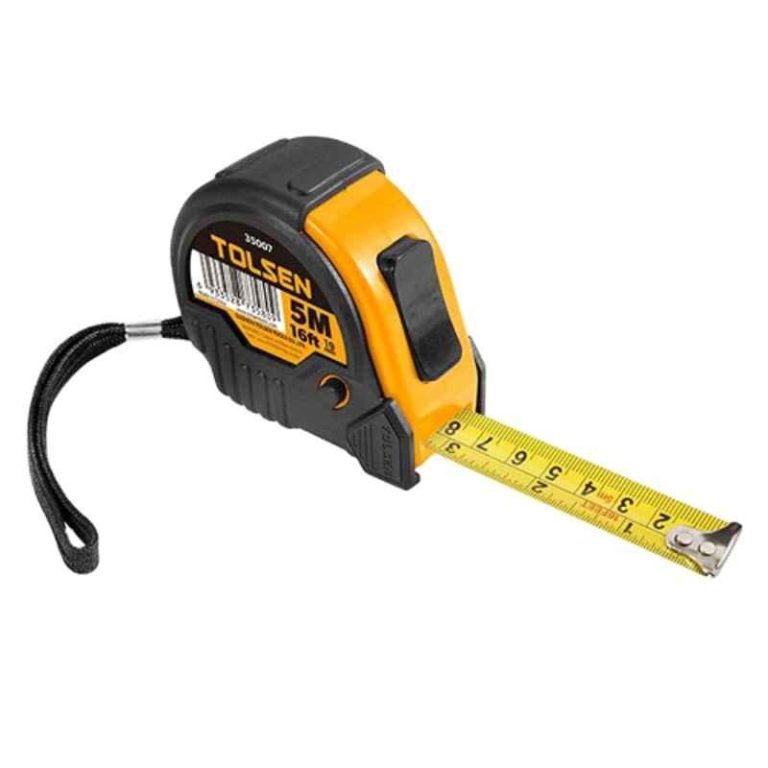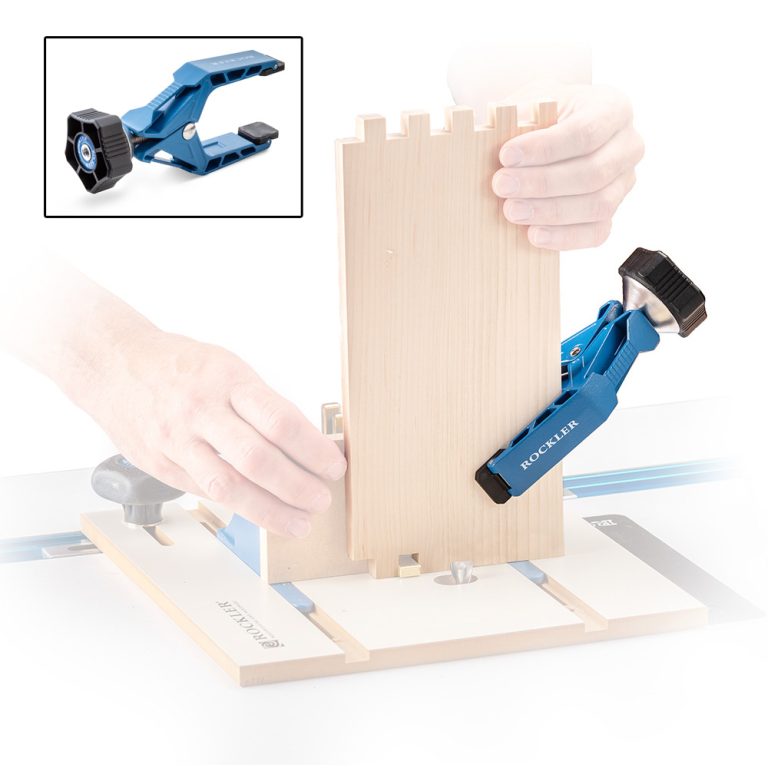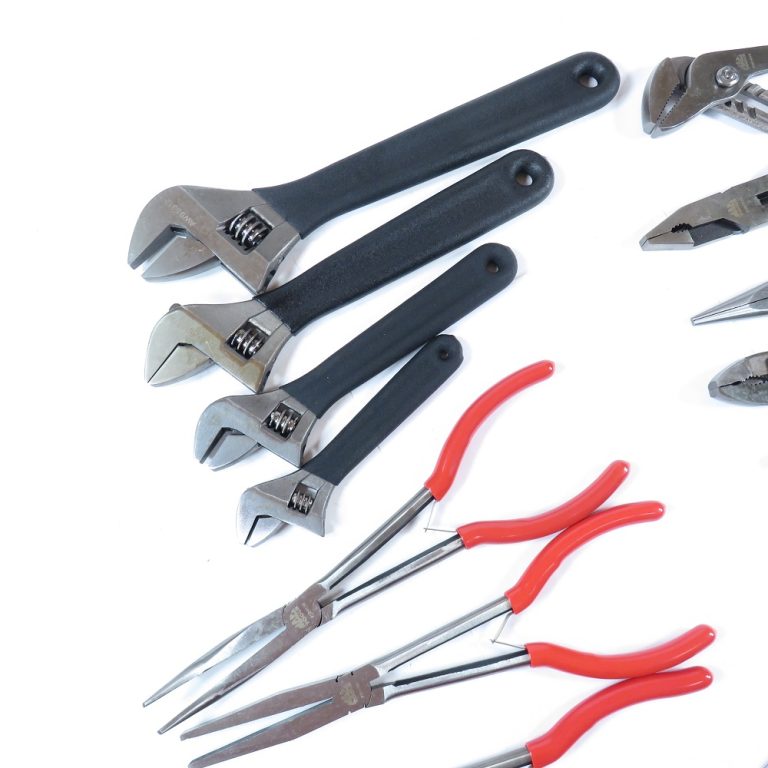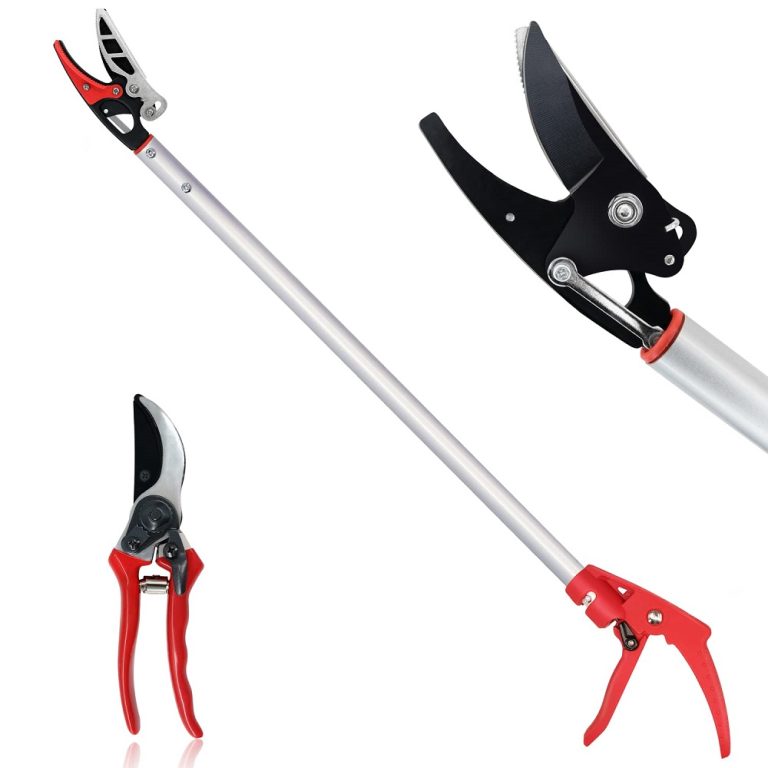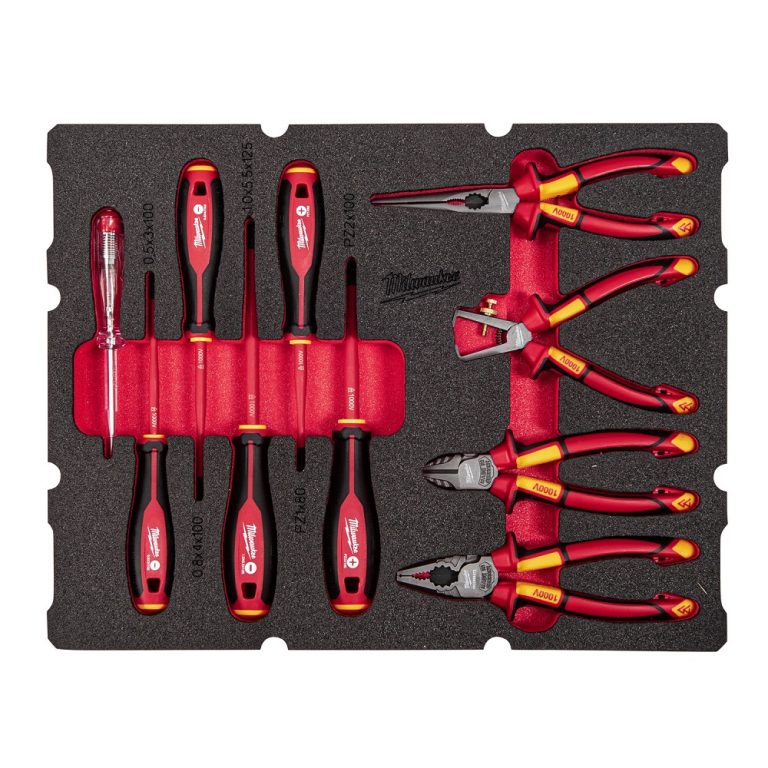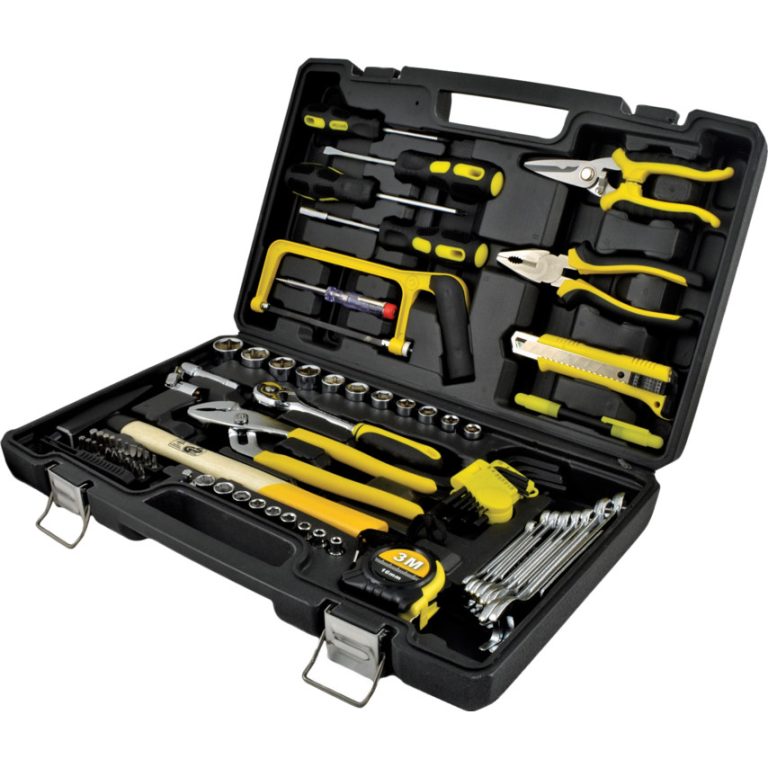Introduction to Pneumatic Tools
Pneumatic tools rely on compressed air for power. They are widely used in workshops. From automotive repairs to woodworking, these tools excel at efficiency and reliability. They make tasks faster and less physically demanding. Let’s dive into their basics and advantages.
What Are Pneumatic Tools and How Do They Work?
Pneumatic tools operate using compressed air. An air compressor generates and supplies this air. The air pushes pistons or turbines inside the tool. This creates the force needed for operation. Key examples include impact wrenches, nail guns, and spray guns. These tools are known for their consistent power delivery. They are highly efficient and perform under demanding conditions.
Advantages of Using Pneumatic Tools Over Electric Tools
Pneumatic tools offer several advantages over electric tools:
- Lightweight Design: They weigh less because the energy source is external.
- Durability: These tools withstand tough environments, including dust and moisture.
- Consistent Power: They deliver steady performance without overheating.
- Lower Maintenance Costs: Fewer moving parts mean easier upkeep.
- Safety: They reduce risks of electric shock in damp settings.
For workshops, pneumatic tools deliver reliability, strength, and flexibility. Exploring these tools can transform how you work.
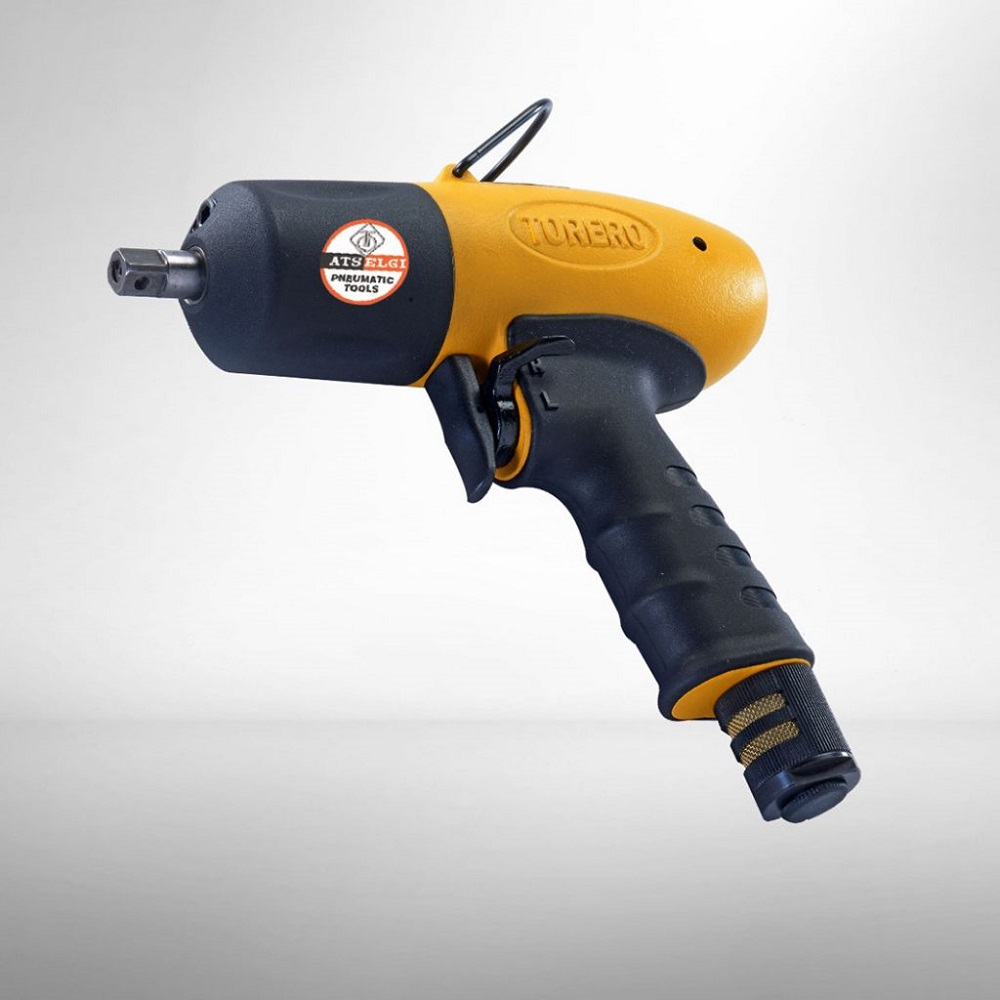
Must-Have Pneumatic Tool for Your Workshop
The right pneumatic tools can transform your workshop. They offer speed, precision, and unmatched efficiency. Below are essential pneumatic tools every workshop should have.
Air Compressors: The Heart of Your Pneumatic System
Air compressors provide the power needed for pneumatic tools. They supply compressed air to operate tools efficiently. Choose a model based on your tools’ air pressure requirements. Larger compressors work well for simultaneous tool use. Portable compressors suit smaller setups.
Impact Wrenches for Heavy-Duty Fastening
Impact wrenches tighten and loosen bolts with ease. They generate immense torque for heavy-duty tasks. These tools are indispensable for automotive repair shops and construction projects. Ensure you have a good grip and select the right socket sizes for the job.
Air Ratchets for Tight Spaces
Air ratchets are compact tools perfect for confined spaces. They make fastening and loosening bolts effortless. With high-speed rotation, these ratchets save time. They are widely used in automotive repair and mechanical workshops.
Nail Guns for Woodworking and Construction
Nail guns speed up tasks like framing and panel installation. They drive nails precisely in seconds. Pneumatic nail guns are lightweight and ideal for detailed woodworking projects. Always select nails suited to your materials for the best results.
Air Sanders for Smoothing Surfaces
Air sanders help achieve smooth finishes on wood, metal, or plastic. They work faster than manual sanding tools. These are essential for furniture-making and automotive refinishing. Choose disc or belt sanders based on your type of work.
Spray Guns for Painting and Coating
Spray guns offer precise painting and coating applications. Compressed air atomizes paint for an even finish. They are perfect for automotive detailing and furniture painting. Select high-quality paints and adjust gun settings to get flawless results.
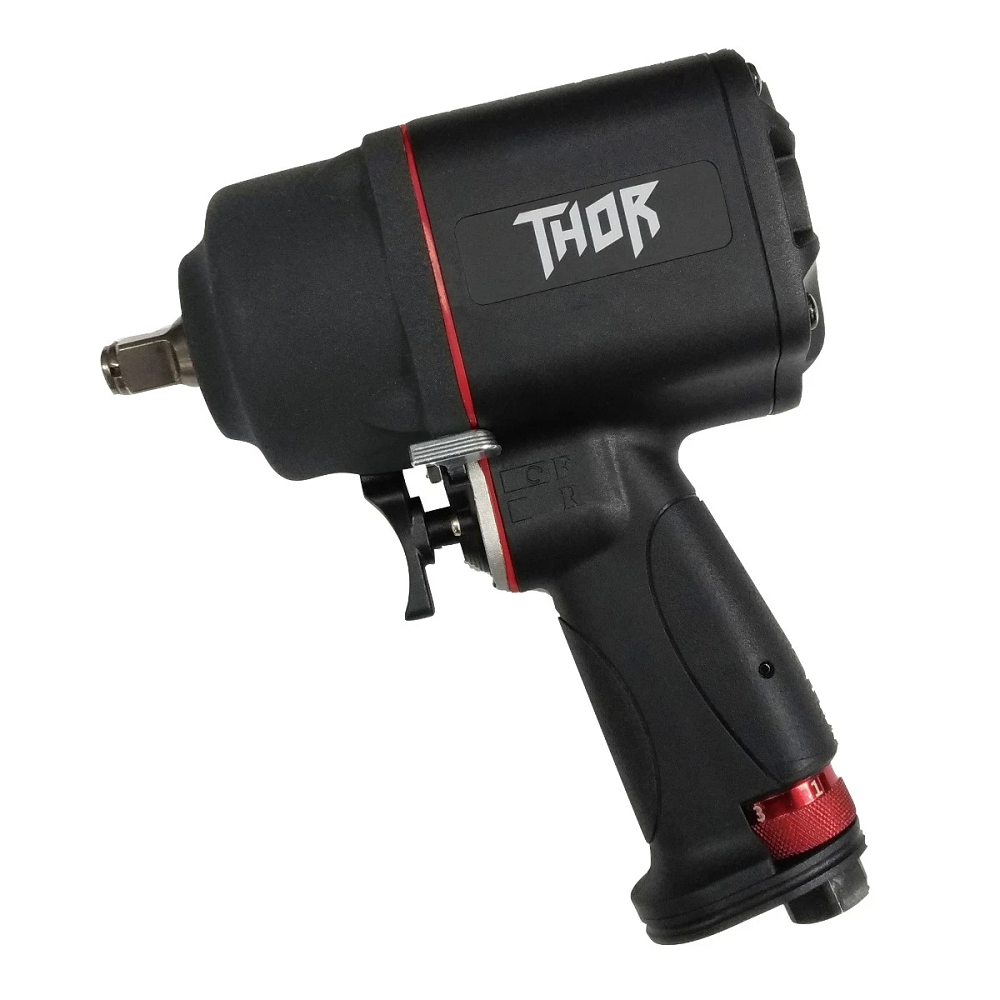
How to Choose the Right Pneumatic Tool
Selecting the right pneumatic tools ensures efficiency. Consider factors like durability, power needs, and compatibility. Prioritize tools that suit your workshop tasks. The right choice maximizes productivity and reduces errors.
Key Factors to Consider When Selecting Pneumatic Tools
Choosing pneumatic tools involves understanding your workshop requirements. Here are essential factors to consider:
- Air Pressure Requirements: Check the air compressor’s PSI and CFM ratings. Match them to your tools.
- Durability and Build Quality: Opt for robust materials like aluminum or steel for long-term use.
- Frequency of Use: Invest in professional-grade tools for regular, heavy-duty usage. Basic models work for lighter tasks.
- Ergonomics: Select tools with comfortable grips to reduce fatigue during extended use.
- Budget: High-quality tools often cost more but save on maintenance over time.
- Brand Reputation: Choose well-known brands with reliable customer support and warranties.
Matching Tools to Your Workshop Needs
Identify the tasks you’ll perform regularly. Match tools to specific operations for better outcomes:
- Automotive Repairs: Impact wrenches and air ratchets handle bolts and fasteners effectively.
- Woodworking: Nail guns and air sanders simplify carpentry projects and finishing touches.
- Painting and Coating: Spray guns deliver even coats better than traditional methods.
Tailor your choices to your unique workload. Selecting the right pneumatic tools will boost efficiency and precision in your workshop.
Maintenance and Safety Tips for Pneumatic Tool
Proper maintenance and safety practices are essential for pneumatic tools. These measures ensure durability and user safety. Below are key tips to keep your tools in top condition.
Regular Maintenance for Longevity
- Inspect Tools Frequently: Check for air leaks, wear, or damage before each use.
- Lubricate Moving Parts: Apply air tool oil to prevent rust and ensure smooth operation.
- Clean After Use: Remove debris and moisture from tools using compressed air or a dry cloth.
- Check Air Supply Quality: Use clean, dry air to avoid internal rust and damage.
- Replace Worn Parts: Change seals, hoses, or filters showing signs of wear.
Consistent upkeep prolongs tool life and prevents unexpected breakdowns.
Proper Storage Practices
- Store in a Dry Place: Keep tools away from moisture to prevent rust.
- Use Tool Cases: Protect tools from dust and physical damage with proper cases or storage racks.
- Organize Accessories: Label and store hoses, fittings, and additional parts separately to avoid tangling.
- Release Air Pressure: Disconnect tools from the air compressor when not in use.
Organized storage reduces wear and keeps workshops tidy.
Ensuring User Safety: Protective Gear and Best Practices
- Wear Safety Gear: Use goggles, gloves, and ear protection while operating pneumatic tools.
- Check Connections: Securely attach hoses and fittings before starting any task.
- Avoid Overloading Tools: Do not exceed the recommended air pressure for each tool.
- Work in Ventilated Areas: Ensure adequate airflow to avoid inhaling fumes or fine particles.
- Train Users Properly: Teach correct usage and safety measures to every operator.
Safety-focused practices lower risks and improve work efficiency in workshops.
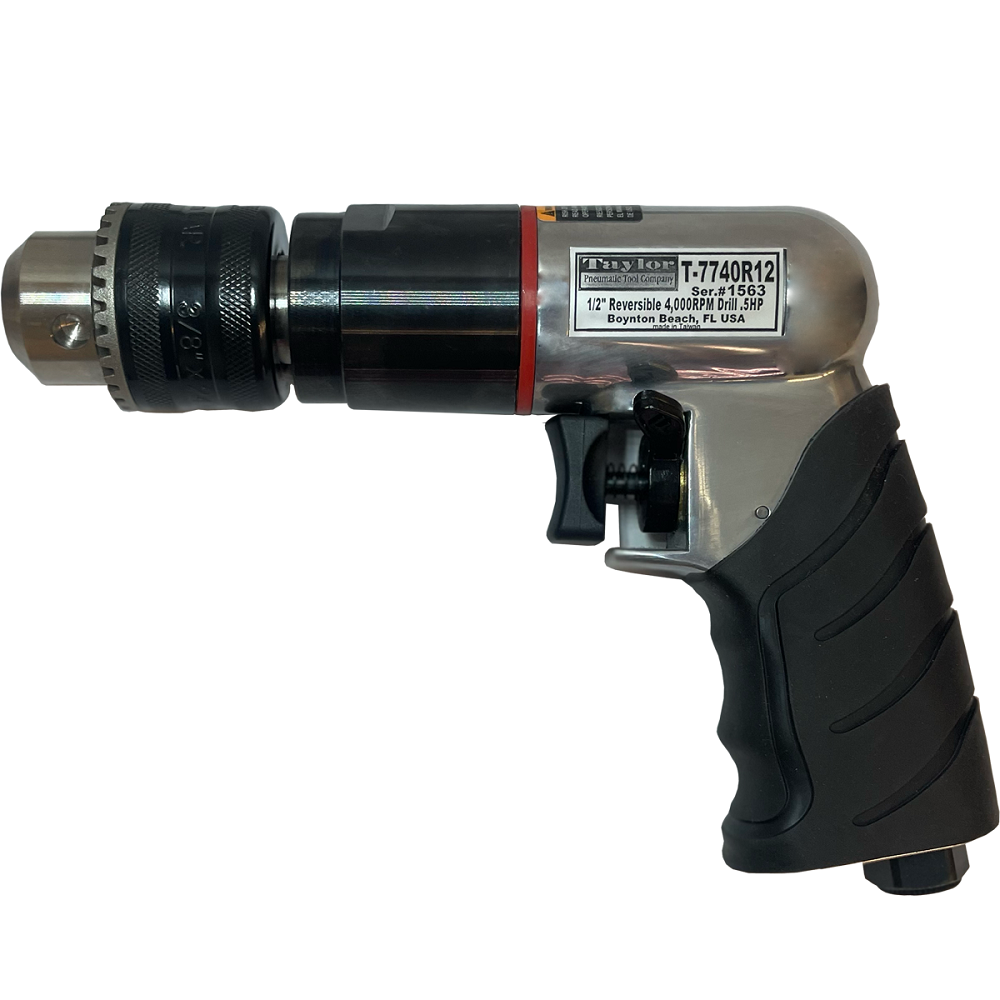
Common Applications of Pneumatic Tool in Workshops
Pneumatic tools play a vital role in improving workshop efficiency. They are versatile and easy to use. Below are the most common applications of pneumatic tools in workshops.
Automotive Repairs and Maintenance
Pneumatic tools are essential in automotive workshops. Impact wrenches make tire changes quick and easy. Air ratchets help access tight engine spaces. Spray guns deliver smooth finishes for vehicle paint jobs. These tools save time and reduce physical strain during repairs. For mechanics, pneumatic tools ensure precision and reliability.
Carpentry and Woodworking
Pneumatic tools simplify complex woodworking tasks. Nail guns assist with fast framing and cabinet making. Air sanders create smooth surfaces on wood. Spray guns provide even coating for furniture and paneling. These tools improve output quality and reduce manual efforts. For carpenters, pneumatic tools are indispensable.
Metalwork and Fabrication
Metal fabrication requires precision and power. Pneumatic tools like grinders and cutters shape metals effectively. Air sanders prepare metal surfaces for coatings. Spray guns apply paints and protective layers seamlessly. These tools ensure accuracy and speed in metalwork projects. Fabricators depend on pneumatic tools for superior performance.
Pneumatic tools are adaptable to various workshop needs. They enhance efficiency, quality, and speed in multiple industries.
Tips for Setting Up a Pneumatic System in Your Workshop
Setting up a pneumatic system efficiently ensures your tools perform at their best. Follow these essential steps to create an optimized and reliable setup.
Choosing the Right Air Compressor
- Match Compressor to Tool Needs: Select a compressor with sufficient PSI and CFM for your tools.
- Consider Tank Size: A larger tank handles prolonged tasks without frequent refilling.
- Decide on Portability: Stationary compressors suit large workshops; portable ones are ideal for small spaces.
- Opt for Quality Brands: Choose a durable, reliable air compressor for long-term efficiency.
Proper Hose and Fitting Selection
- Choose the Right Hose Diameter: Larger diameters reduce pressure loss and improve performance.
- Pick Durable Materials: Use hoses made of rubber or PVC for better durability.
- Consider Hose Length: Avoid overly long hoses to minimize pressure drop.
- Invest in Quality Fittings: High-quality couplers and connectors ensure secure, leak-free connections.
- Use Quick-Connect Systems: These allow faster tool changes, improving workflow.
Optimizing Your Workshop Layout for Efficiency
- Plan Tool Placement: Arrange tools near the air compressor to minimize hose lengths.
- Organize Hoses and Cables: Use hooks or reels to prevent tangling and ensure smooth movement.
- Maintain Accessibility: Position frequent-use tools within easy reach for quicker operations.
- Create Dedicated Zones: Separate areas for tasks like sanding, painting, and fastening streamline workflow.
- Prioritize Safety: Avoid cluttered spaces and ensure hoses don’t obstruct walking areas.
By setting up your pneumatic system thoughtfully, you enhance efficiency and prolong tool lifespan.
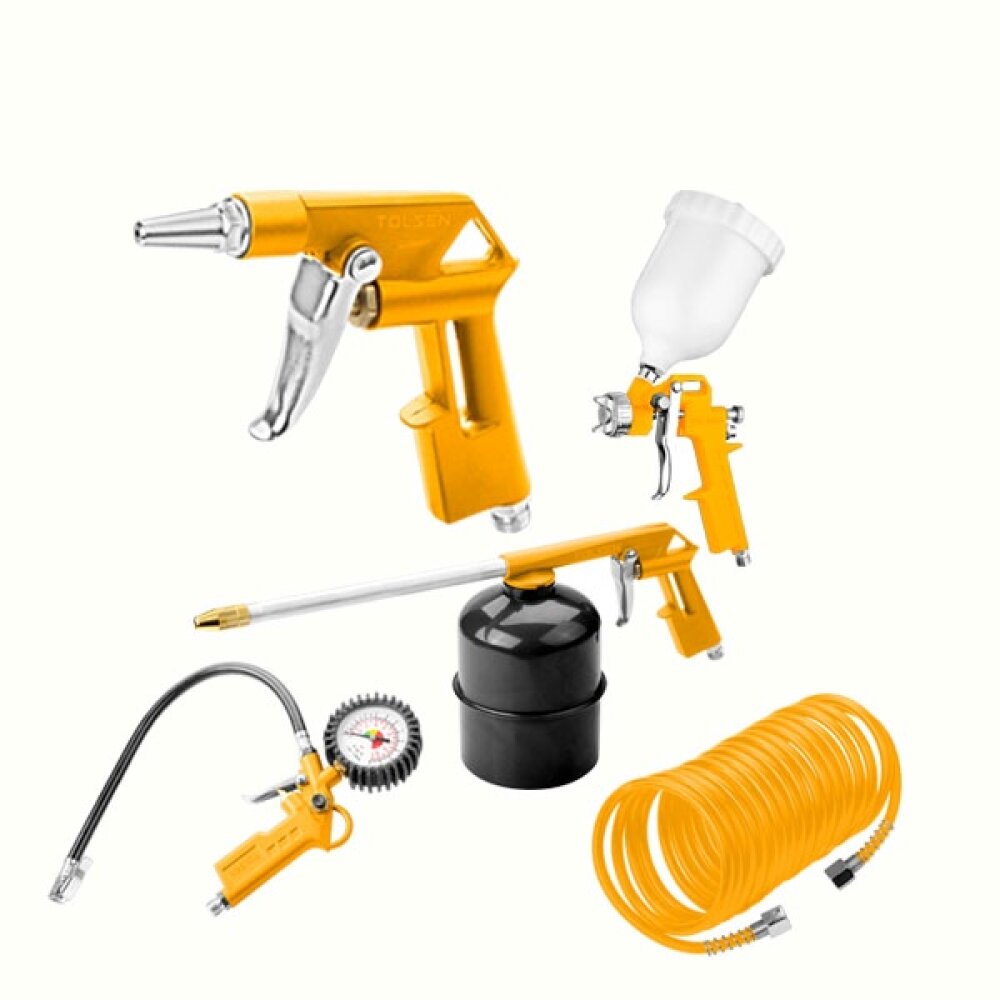
Maintenance of Pneumatic Tool
Regular Cleaning and Inspection
Proper maintenance is crucial for the longevity and reliability of pneumatic tools. Regular cleaning should be part of your routine after each use. Residual dust, debris, and moisture can accumulate, negatively affecting the performance of the tools. Utilizing a soft cloth to wipe down the exterior and checking for build-up around moving parts can help maintain functionality. For tools with air filters, these should be cleaned or replaced based on the manufacturer’s recommendations to ensure optimal air flow.
In addition to cleaning, periodic inspections are vital. Look for signs of wear and tear, such as frayed hoses, cracked fittings, or rust on metal components. Identifying potential issues early can prevent serious malfunctions and costly repairs in the future. Adhering to a maintenance schedule that includes cleaning, inspection, and lubrication will keep your pneumatic tools operating at peak performance for years to come.
Lubrication for Smooth Operation
Lubrication is another important aspect of maintaining pneumatic tools. Many pneumatic tools have specific lubrication points that need regular attention. Adequate lubrication minimizes friction between moving parts and helps prevent overheating during use. This not only enhances performance but also extends the life of the tools by reducing wear on critical components. Follow the manufacturer’s guidelines regarding the type and frequency of lubrication needed for each tool.
To apply lubrication, it is usually necessary to disconnect the tool from the air supply. This ensures safety during maintenance. Use a high-quality air tool oil, as recommended by the manufacturer, and ensure that you do not over-lubricate, as this can cause other issues. Taking the time to properly lubricate your pneumatic tools will contribute to smoother operation and increased efficiency.
Accessories for Pneumatic Tool
Essential Accessories
Enhancing the functionality of your pneumatic tools often involves using accessories. Some essential accessories include air hoses, fitting adapters, and filters. High-quality air hoses are crucial for connecting your tools to the air supply, while compatible fitting adapters ensure that your tools work seamlessly with various systems. Properly rated hoses can handle the pressure of your tools, while attached fittings can help to avoid leaks, ensuring maximum efficiency.
Air filters are equally important for the longevity of your pneumatically powered devices. They help to purify the air entering the tools, preventing dust and moisture from causing damage. Investing in quality accessories will lead to improved performance and reliability, allowing you to get the most out of your pneumatic tools.
Storage Solutions
Organizing and storing pneumatic tools properly is essential for maintaining their condition. Utilizing toolboxes or dedicated storage systems can help keep your workshop neat and ensure that tools are easy to find when needed. Consider purchasing padded cases for delicate tools, or hang tools on a pegboard to display them conveniently.
For air hoses and compressors, make sure they are stored in a way that prevents kinks or damage. Use hose reels or clips to keep them neatly coiled when not in use. Proper storage solutions can prevent wear and tear, which maintains the efficiency and functionality of your pneumatic tools over time.
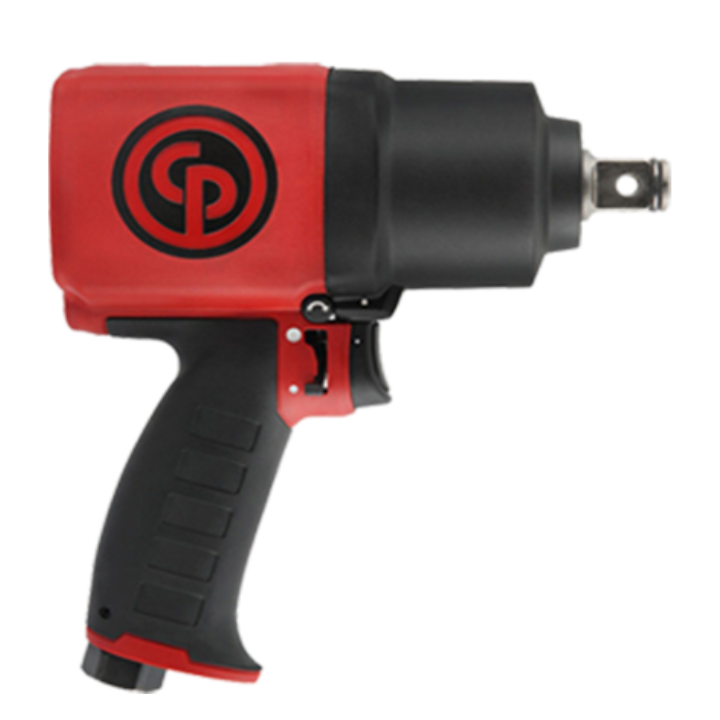
Making the Most of Your Pneumatic Tool
Embracing Efficiency and Innovation
In conclusion, pneumatic tools provide significant benefits for various applications, enhancing efficiency and performance in different environments. With their lightweight nature and powerful operation, they have become indispensable in workshops, automotive settings, and construction sites. Embracing these tools can revolutionize how tasks are performed, leading to improved productivity and better-quality results.
As the technology surrounding pneumatic tools continues to evolve, staying informed about new innovations and developments is important. Newer tools often incorporate advanced features that enhance usability, safety, and performance. Being aware of these advances can help ensure that you are utilizing the best options available in your work environment.
A Commitment to Quality and Safety
Ultimately, investing in quality pneumatic tools and taking proper care of them is vital for successful and enjoyable work experiences. By understanding necessary maintenance techniques, utilizing appropriate accessories, and following safety protocols, you will ensure that your tools operate effectively. A commitment to quality and safety creates a workspace where productivity thrives.
As you embark on your journey with pneumatic tools, remember that they require both respect and care. With the right tools and knowledge, you can tackle any project, big or small, with confidence. Enjoy the power and efficiency that pneumatic tools offer, and watch your skills flourish as you work with high-quality equipment tailored to your precise needs.
Conclusion: Enhancing Productivity with Pneumatic Tool
Pneumatic tools are essential for workshops. They deliver power, precision, and speed for various tasks. With proper maintenance, these tools remain durable and reliable. From automotive repairs to woodworking and metal fabrication, their versatility is unmatched.
Choosing the right pneumatic tools tailored to your needs boosts efficiency. Invest in high-quality compressors, hoses, and accessories for optimal performance. Organize your workshop layout to improve accessibility and workflow. Safety should always be prioritized during setup and tool use.
By understanding their benefits and applications, pneumatic tools can transform your workshop operations. They save time, reduce effort, and improve quality like no other toolset. Adopting pneumatic tools ensures you keep productivity high and meet industry demands effectively.
